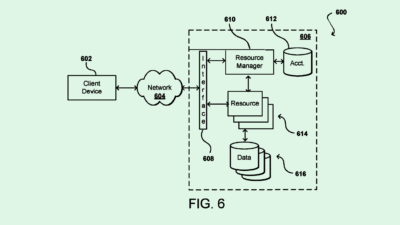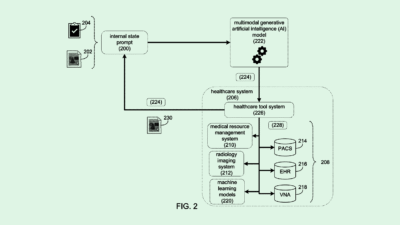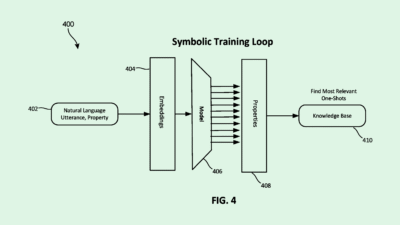Why AI Augmentation Tech Is More Than a ‘Cost-Cutting Tool’
Companies are beginning to wake up to the potential pitfalls of filling jobs with AI rather than simply letting AI assist human workers.

Sign up to get cutting-edge insights and deep dives into innovation and technology trends impacting CIOs and IT leaders.
Can enterprises strike a balance between AI augmentation and replacement?
If not, the risks may be immense: A recent study published in Nature found that generative AI’s disruption of the labor market could lead to a socioeconomic tipping point. Using Australian data, the analysis found that even a moderate increase in the “AI-capital-to-labor ratio,” which measures AI investment relative to human labor, would double labor underutilization by 2050.
That could lead to a 26% decrease in per capita disposable income, and reduce the consumption index by 21%, according to the report. As similar reports continue to emerge and new AI laws are enacted, organizations may need to consider the alternative: AI worker augmentation.
Tech companies like Oracle with Oracle Growth and IBM with SkillsBuilds have pledged to upskill millions of workers in AI. Meanwhile, companies like Zoom with AI Companion and startups like Humancore aim to meet the demand for AI that empowers workers.
“It’s shortsighted to see AI only as a cost-cutting tool,” said Mike Dolen, CEO of Humancore. While some tasks can and should be automated, the real upside is thoughtful augmentation, Dolen said.
The key is to embed AI into everyday workflows in a way that’s approachable and supportive, said Smita Hashim, chief product officer at Zoom. When rolling out AI augmentation programs, there are a few points enterprises should consider, Hashim said:
- For one, it’s important to define goals on improving productivity and employee experience. “These goals should map back to the pain points identified by employees, and they should be tied to measurable outcomes so progress can be tracked and celebrated,” said Hashim.
- Tools should be approachable, rather than requiring advanced technical skills. The ultimate goal of AI adoption is to remove barriers, not introduce new ones, Hashim explained. AI support should be seamlessly integrated into employees’ daily workflows, reducing context-switching and minimizing the learning curve.
- Leaders should also provide clear guidance to teams on how they can get the most out of AI, Hashim said.
These kinds of programs draw on organizational psychology and leadership science to ensure every recommendation aligns with the team’s dynamics, shared priorities and cultural realities, Dolen said.
Enterprises need to take care to manage workforce re-education and transformation properly, however. Otherwise, companies risk damaging performance with technological misunderstanding, clashes between management and unions and erosion of brand value and trust.
“Continuous feedback loops are vital to identify pain points, fine-tune AI tech, and build trust among employees,” Hashim said.











